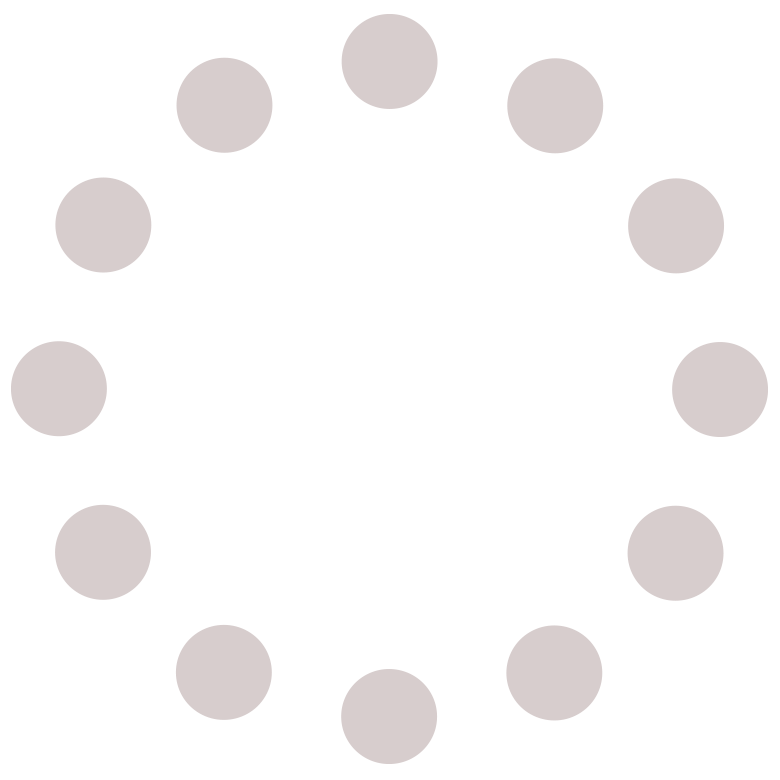“Infinite Jest” by David Foster Wallace
June 5, 2012
This is a difficult and literally heavy recommendation. It’s not for everyone. David Foster Wallace has created an over intellectualized tour de force about everything from addiction, to lethally absorbing entertainment, to tennis as metaphysics. The book takes place in the future. At over 900 pages and 300 pages of endnotes – many of the endnotes themselves have footnotes – this is not light reading in any sense. You can’t travel with this book. For traveling you might want to start with his book of hysterical essays, A Supposedly Fun Thing I’ll Never Do Again. The essay on TV and U.S. Fiction in that volume is indicative. “Television regards irony sort of the way educated lonely people regard television. Television both fears irony’s capacity to expose, and needs it. It needs irony because television was practically made for irony. . . since the tension between what’s said and what’s seen is irony’s whole sales territory.” Infinite Jest is a scalding hot bath of irony and the essays are a good way of getting in. Like any hot tub once you do get in it feels really great, but Infinite Jest is a bit like watching an Antonioni film or reading the densest of Henry James. You have to just relax into it and not try at first to figure it out. Just submit. In this sample, David Foster Wallace explains why the (High Definition) Video-Phone-Technology Entrepreneurial endeavor failed so miserably in our near future.
“The answer, in a kind of trivalent nutshell, is: (1) emotional stress, (2) physical vanity, (3) a certain queer kind of self-obliterating logic in the micro economics of consumer high-tech.
1) It turned out that there was something terribly stressful about visual telephone interfaces that hadn’t been stressful at all about voice-only interfaces. Videophone consumers seemed suddenly to realize that they’d been subject to an insidious but wholly marvelous delusion about conventional voice-only telephony. They’d never noticed it before, the delusion – it’s like it was so emotionally complex that it could be countenanced only in the context of its loss. Good old traditional audio-only phone conversations allowed you to presume that the person on the other end was paying complete attention to you while also permitting you not to have to pay anything even close to complete attention to her. A traditional aural-only conversation – utilizing a hand-held phone whose earpiece contained only 6 little pinholes but whose mouthpiece (rather significantly, it later seemed) contained (6×6) or 36 little pinholes – let you enter a kind of highway-hypnotic semi-attentive fugue: while conversing, you could look around the room, doodle, fine-groom, peel tiny bits of dead skin away from your cuticles, compose phone-pad haiku, stir things on the stove; you could even carry on whole separate additional sign-language-and-exaggerated-facial-expression type of conversation with people right there in the room with you, all while seeming to be right there attending closely to the voice on the phone. And yet-and this was the retrospectively marvelous part-even as you were dividing your attention between the phone call and all sorts of other idle little fugelike activities, you were somehow never haunted by the suspicion that the person on the other end’s attention might be similarly divided. … It was an illusion and the illusion was aural and aurally supported: the phone-line’s other end’s voice was dense, tightly compressed, and vectored right into your ear, enabling you to imagine that the voice’s owner’s attention was similarly compressed and focused. . . even though your own attention was not. … This bilateral illusion of unilateral attention was almost infantilely gratifying from an emotional standpoint: you got to believe you were receiving somebody’s complete attention without having to return it.
2.) Video telephony rendered the fantasy insupportable. Callers now found they had to compose the same sort of earnest, slightly overintense listener’s expressions they had to compose for in-person exchanges. Those callers who out of unconscious habit succumbed to fugelike doodling or pans-crease-adjustment now came off looking rude, absentminded, or childishly self-absorbed. Callers who even more unconsciously blemish-scanned or nostril-explored looked up to find horrified expressions on the video-faces at the other end. All of which resulted in videophonic stress. Even worse, of couse, was the traumatic expulsion-from-Eden feeling of … realizing your whole infantile fantasy of commanding your partner’s attention … was deluded and insupportable and that you were actually commanding not one bit more attention than you were paying. And the vidophonic stress was even worse if you were at all vain. I.e. if you worried at all about how you looked. As in to other people. Which all kidding aside who doesn’t? Good old aural telephone calls could be fielded without makeup, toupee, surgical prostheses, etc. Even without clothes, if that sort of thing rattled your sabre. But for the image-conscious, there was of course no such answer-as-you-are informality about visual-video telephone calls, which consumers began to see wore less like having the good old phone ring than having the doorbell ring and having to throw on clothes and attach prostheses and do hair-checks in the foyer mirror before answering the door.
3.) People were horrified at how at how their own faces appeared on a TP screen. It wasn’t just ‘Anchorman Bloat’ that well-known impression of extra weight that video inflicts on the face. It was worse, Even with high end TPs’ high def viewer-screens, consumers perceived something essentially blurred and moist-looking about their phone-faces, a shiny pallid indefiniteness that struck them as not just unflattering but somehow evasive, furtive, untrustworthy, unlikable. In an early and ominous InterLace/G.T.E. focus-group survey that was all but ignored in a storm of entrepreneurial sci-fi-tech enthusiasm, almost 60% of respondents who received visual access to their own faces during videophonic calls specifically used the terms untrustworthy and unlikable or hard to like in describing their own visage’s appearance, with a phenomenally ominous 71% of senior-citizen respondents specifically comparing their video-faces to that of Richard Nixon during the Nixon-Kennedy debate of 1960.
The proposed solution to what the telecommunications industry’s psychological consultants termed Video-Physiognomic Dysphoria (or VPD) was, of course, the advent of High-Definition Masking … and the production of high-definition videophonic imaging – i.e. taking the most flattering elements of a variety of flattering multi-angle photos of a given phone-consumer and – thanks to existing image-configuration equipment already pioneered by the cosmetics and law enforcement industries – combining them into a wildly attractive high def broadcastable composite of a face wearing an earnest, slightly overintense expression of complete attention.
But then it turned out that consumer’s instinctively skewed self-perception, plus vanity-related stress, meant that they began preferring and then outright demanding videophone masks that were really quite a lot better-looking than they themselves were in person. High-def mask entrepreneurs ready and willing to supply not just verisimilitude but aesthetic enhancement – stronger chins, smaller eye-bags, air-brushed scars and wrinkles – soon pushed the original mimetic-progression, within a couple more sales-quarters most consumers were now using masks so undeniably better-looking on videophones than their real faces were in person, transmitting to one another such horrendously skewed and enhance masked images of themselves, that enormous psychosocial stress began to result, large numbers of phone-users suddenly reluctant to leave home and interface personally with people who, the feared, were now habituated to seeing their far-better-looking masked selves on the phone and would on seeing them in person suffer (so went the caller’s phobia) the same illusion-shattering aesthetic disappointment that, e.g., certain women who always wear makeup give people the first time they ever see them without makeup.





